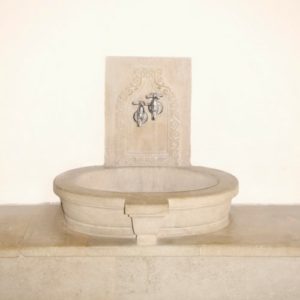
Water flowed from above out of a metal pipe so that they could clean up after their athletic competition. Here are some other fun facts about the history of indoor plumbing.
Early Plumbing History
Indoor plumbing originated in about 4000 – 3000 B.C. in India. Archeologists have uncovered the first known water pipes in the ruins of a palace. These pipes services bathrooms, which had drains. There were rudimentary toilets as well, which used a septic tank of sorts.
A few centuries later in Crete an underground drainage system was constructed. The first flushing toilet is thought to have come from Crete during the same era. There is a difference of opinion on this matter; there are those that credit the first toilet to a Neolithic village in the UK, which dates back 1200 earlier.
Egypt and Rome: Plumbing Continues to Evolve

They believed that the dead were still living, but were on “the other side”, which meant that they still required the same necessities (i.e. food, water, and bathrooms) that they did when they were alive. The Romans are hailed to this very day as some of the best plumbers that history has ever seen.
This is because of the complexity of the aqueduct system that they built, spanning hundreds of miles. This sophisticated network of pipes supplied fresh water to their bathhouses.
The water was heated for bathing and for the steam rooms. The Romans were also famous for elaborate marble plumbing fixtures with gold and silver fittings.
No Toilets at Versailles

They instead used commodes, which were dumped communally. It was common for people to head out to the gardens to use the bathroom or even to go in the hallways. Needless to say, Versailles was a smelly place.
Plumbing Goes Green

The technology has changed to make plumbing fixtures more eco-friendly. Low-flow showers slow the rate of water, while still providing more than enough for a satisfying shower.
